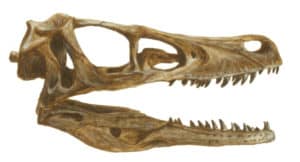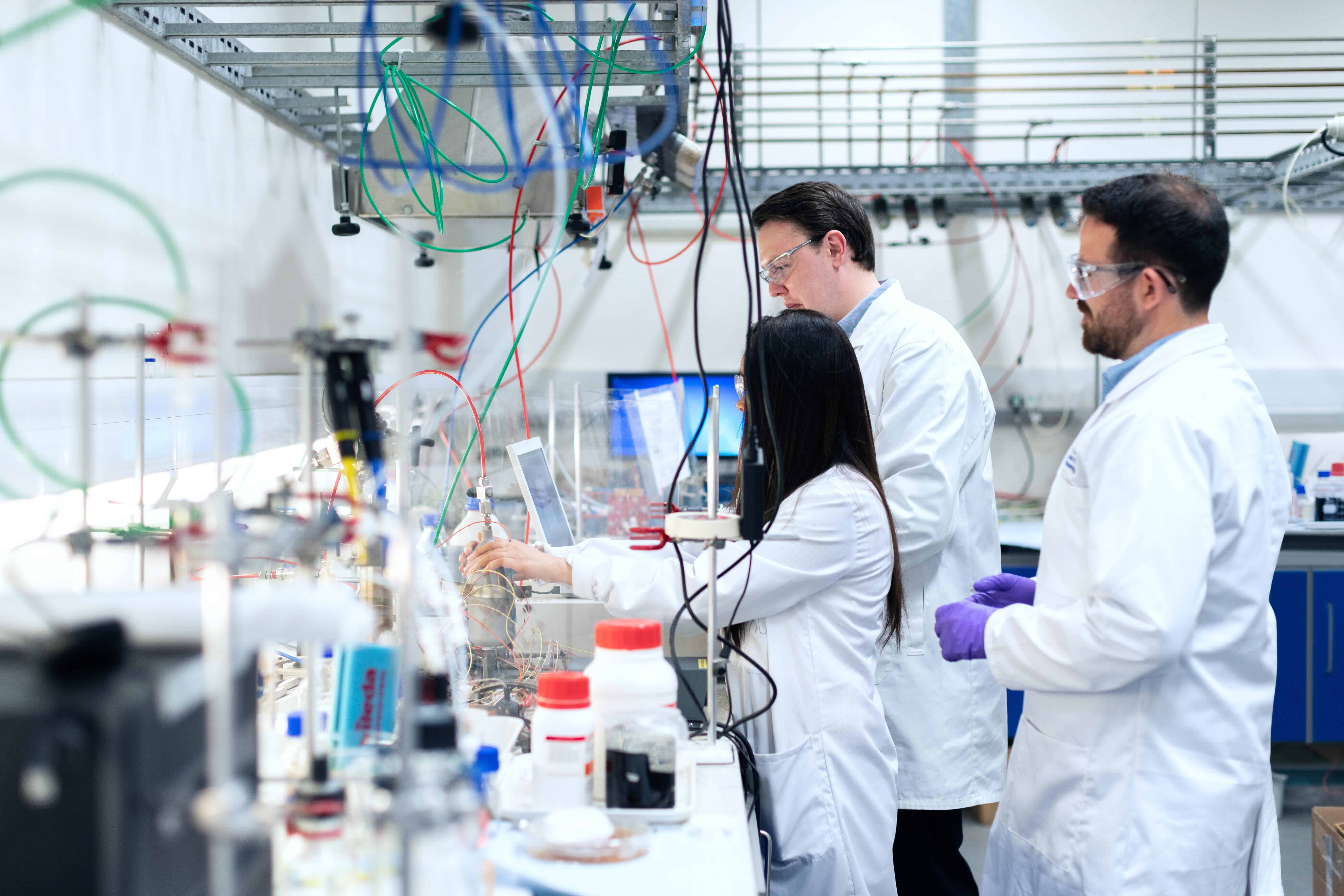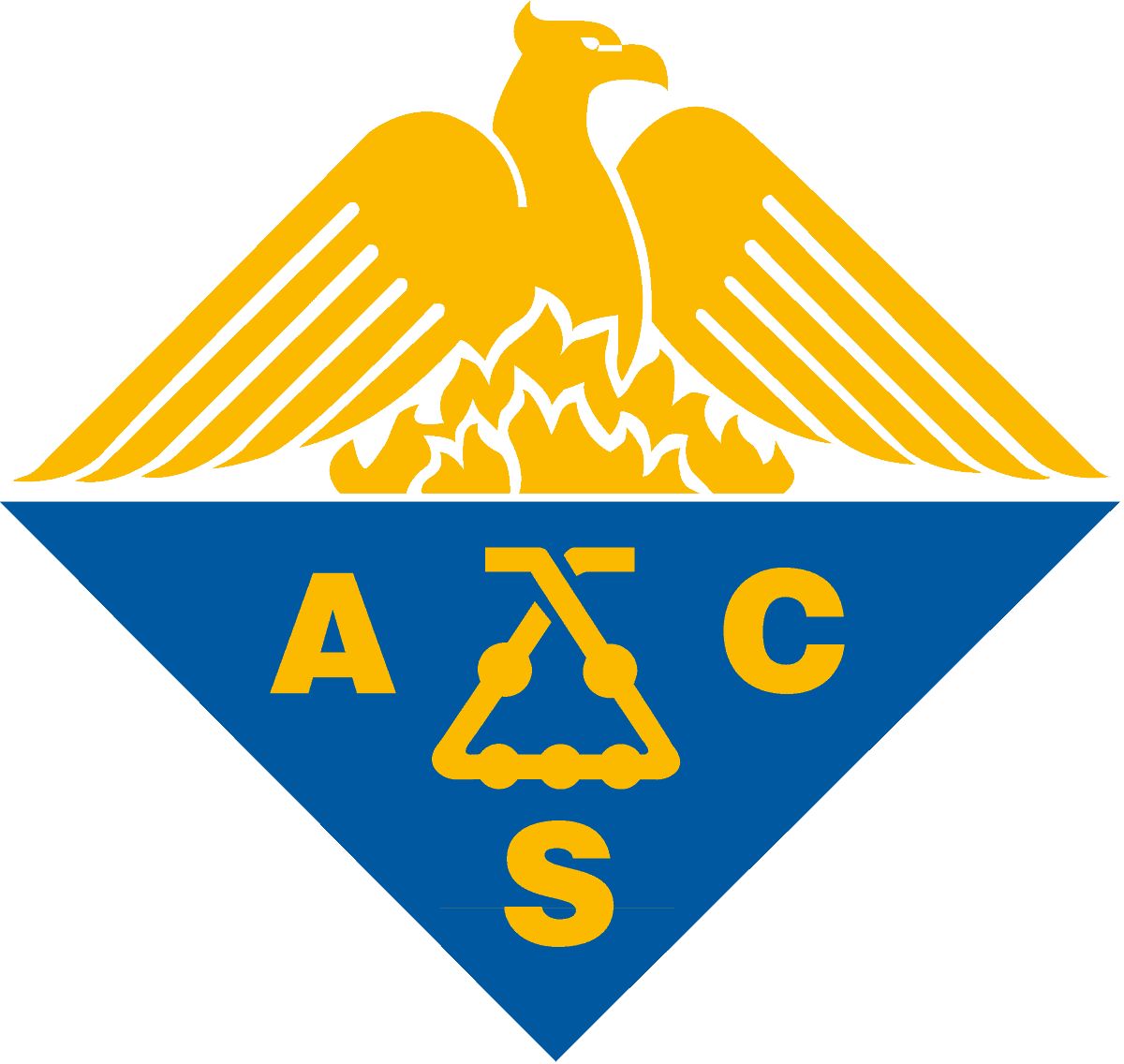YaleNews writer Jim Shelton has been following the findings and publications of Yale assistant professor and assistant curator Bhart-Anjan Singh Bhullar and his team for the past few years. According to Shelton’s 2015 research review, Bhullar’s lab has been successful in replicating “ancestral molecular development to transform chicken embryos in a laboratory into specimens with a snout and palate configuration similar to that of small dinosaurs such as Velociraptor and Archaeopteryx.” The study has been years of work to further investigate evolutionary processes. More recently, this research revealed an observable correlation “between the brain’s development and the roofing bones of the skull.” Regarding this finding, Bhullar states, “We suggest that this relationship is found across all vertebrates with bony skulls and indicates a deep developmental relationship between the brain and the skull roof,” implying “the brain produces molecular signals that instruct the skeleton to form around it.”
The ramifications of such research are not, as may be dramatically assumed, to pull a Jurassic Park and initiate the recreation of Dinosaurs, but more so to expose what secrets their fossil remains can disclose about genetic makeup across species.




